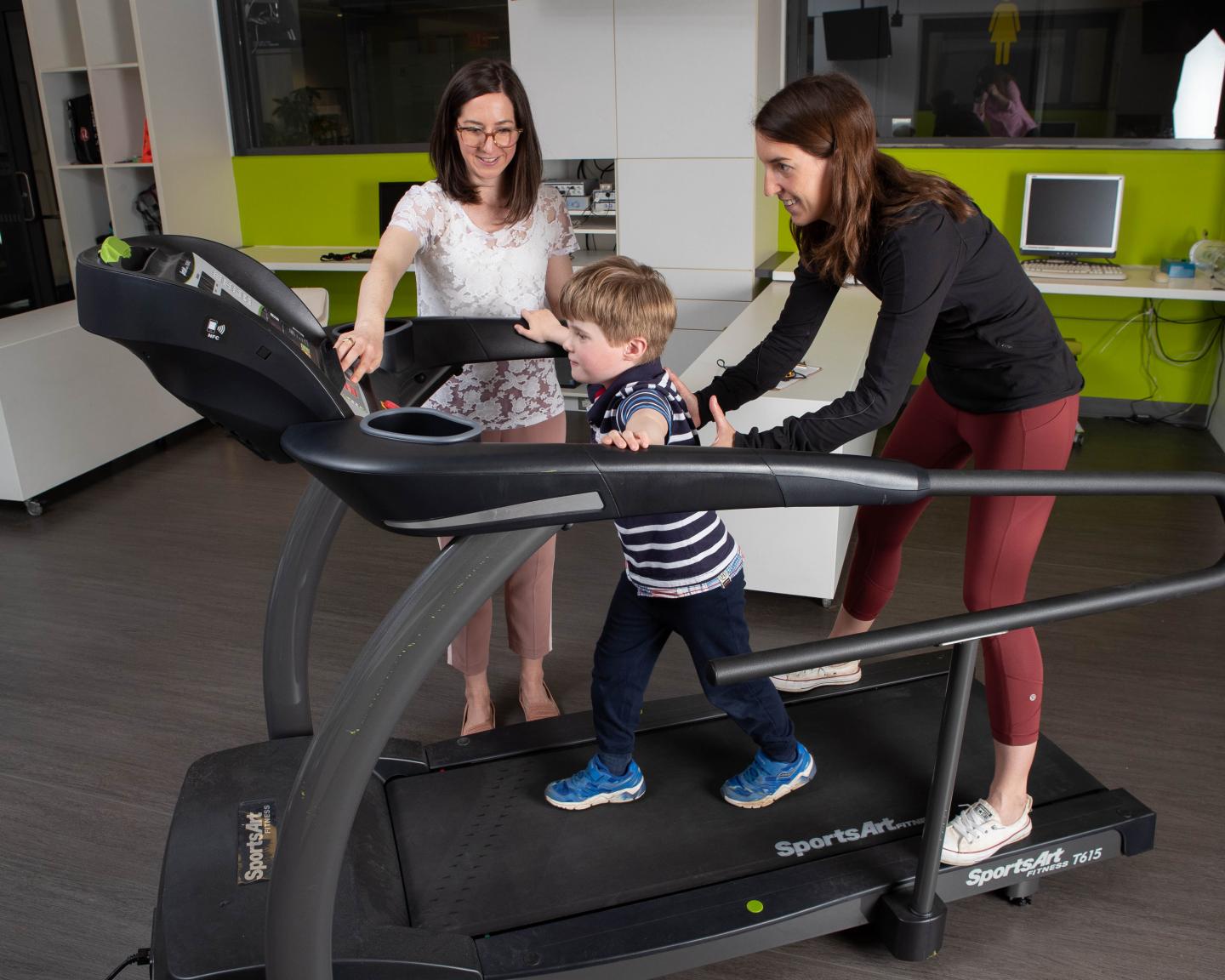Physical activity in toddlerhood improves cardiovascular outcomes
Detrimental effects on cardiovascular health can begin at an early age, but research published in Pediatrics suggested that moderate-to-vigorous physical activity in childhood may slow this process.
Study researcher Nicole Proudfoot, MSc, a graduate student in the department of kinesiology at McMaster University in Ontario, Canada, told Infectious Diseases in Children that evidence already exists showing the benefits of physical activity for the health and well-being of children, but her research team focused an age group that is not typically included in studies — preschool aged children — in addition to the fact that they used accelerometry to create an objective measure of activity.
“This combination allowed us to see that physical activity explained changes in cardiovascular health as the children grew and that it was the more active children that had a slower increase in arterial stiffness,” she said.
Proudfoot and colleagues conducted a prospective, observational cohort study, known as the Health Outcomes and Physical Activity in Preschoolers study, which included 418 toddlers aged 3 to 5 years. For 3 years, the researchers measured and analyzed important markers of cardiovascular health — cardiovascular fitness, arterial stiffness and blood pressure.

Each year, over the course of a week, the researchers tracked the children’s physical activity by asking them to wear an accelerometer around their waist.
They found that although arteries stiffen over time, the process was slowed in children who were more active. More physically active children also demonstrated greater endurance on a treadmill test — suggestive of better cardiovascular health — and they had better heart rate recovery. Total physical activity had favorable effects on cardiovascular health, according to the researchers, but the benefit of physical activity increased with its intensity, they found.
“This research suggests that intensity matters,” study researcher Brian Timmons, PhD, an associate professor in the department of pediatrics at McMaster University, said in a press release.
Proudfoot said pediatricians should recommend “energetic play,” including games that involve running like tag, jumping, skipping and dancing around, for patients in this age group.
“Pediatricians can encourage parents to provide opportunities for young children to be active as often as possible — and getting children outside is a great way to do this,” she said. “Pediatricians can also be physical activity advocates by encouraging policies that prioritize physical activity within their communities and promoting physical activity breaks within child care centers, kindergartens and schools.” – by Katherine Bortz
Disclosures: The authors report no relevant financial disclosures.
